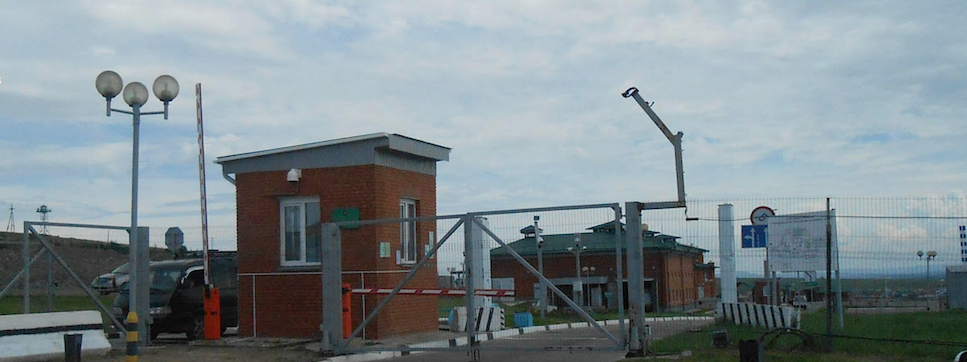
Kyakhta is a small town on the border between Russia (the Buryat Republic) and Mongolia. Just over the border on the Mongolian side is the town of Altan Bulag. Until 1911 this was the border between the Russian and the Qing Empires, and Kyakhta’s opposite number was the Chinese trading settlement of Maimaicheng. Near Kyakhta (and nowadays joined to it) was the military-administrative post of Troitskosavsk, but Kyakhta’s raison’d etre was always trading. The caravan trail from Peking across the steppes via Urga to Maimaicheng – Kyakhta became the main route of Chinese – Russian trade, carrying tea and other Chinese products in exchange for furs, leather and other Russian goods. Massive fortunes were made in the 19th – early 20th centuries. Today all of that has long subsided: Kyakhta is a sleepy outpost, by-passed by the railway line, which crosses some 30 miles to the west via Naushki. Road crossings at Kyakhta do not have a high volume and plans to transform Altan Bulag into a special economic zone have been put on hold by the Mongolian government.
Research
In summer 2013 Caroline Humphrey carried out research together with Nikolai Tsyrempilov in Kyakhta and the Buryat villages strung out along the border to east and west. The project concerned the Tsongol Buriad (Buryats), who are interesting because of their border crossing history. They have a rather well documented origin in 17th century Southern Mongolia, from whence, taking flight from internal political disputes, a group migrated into Tsarist held territory near present-day Kyakhta. When Russian administrative controls became irksome, much of the group took off to join with kin in Mongolia; subsequently, dissatisfied with their status there, the Tsongols returned to Russian-held land. In the upheavals of early 20th century civil war, many Tsongols again escaped to Mongolia. The research involved clarifying this history from chronicles held in archives and attempting to discover how it is represented and given meaning by contemporary Tsongol groups. Part of the research, concerning the political character of mobile and interstitial groups like the Tsongols, has been published in Inner Asia, Vol 16, no 1 (2014), a special issue devoted to historical studies of the north-eastern Russia-China border. Humphrey intends to publish further work on the present-day Tsongols.





